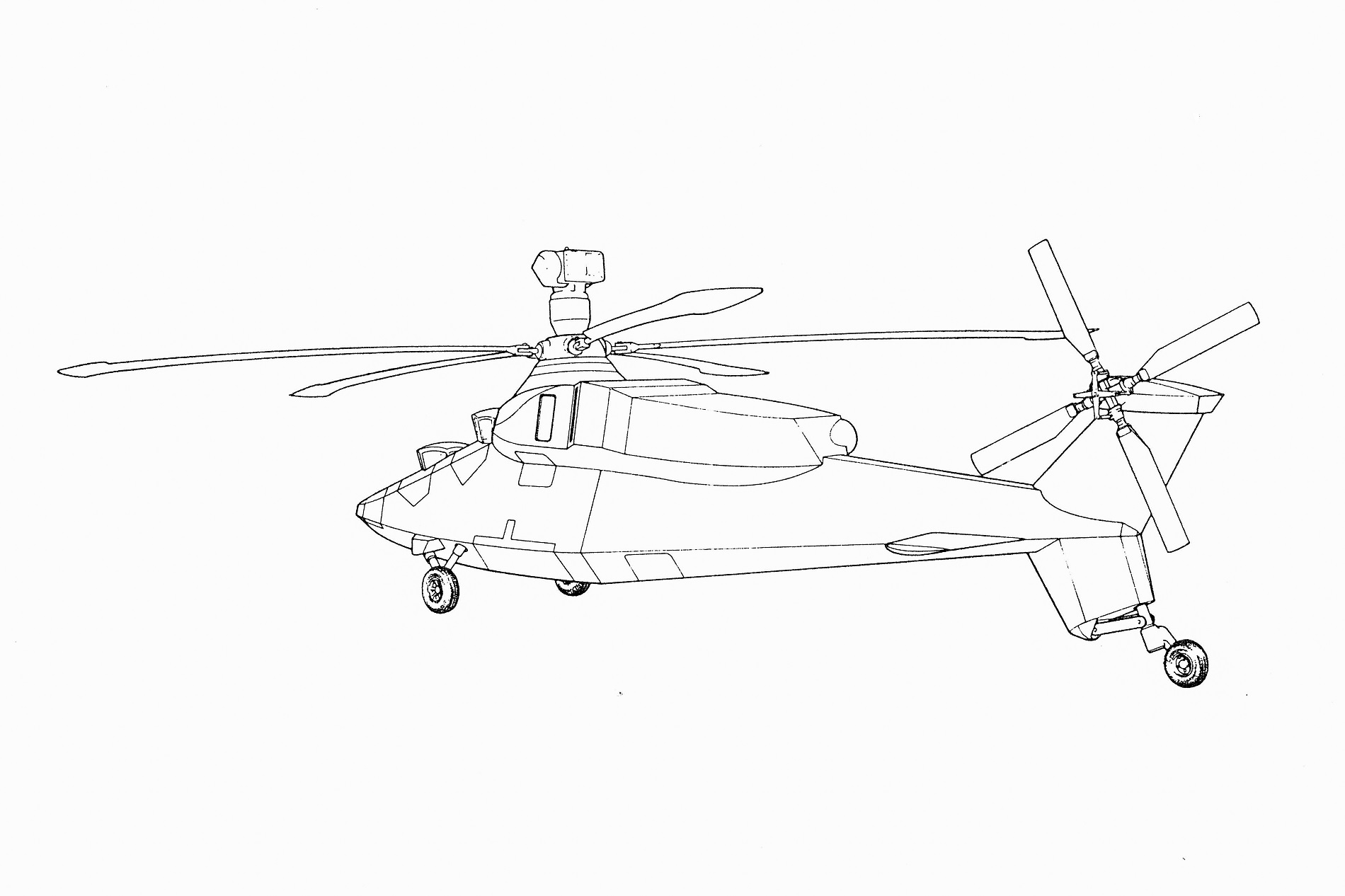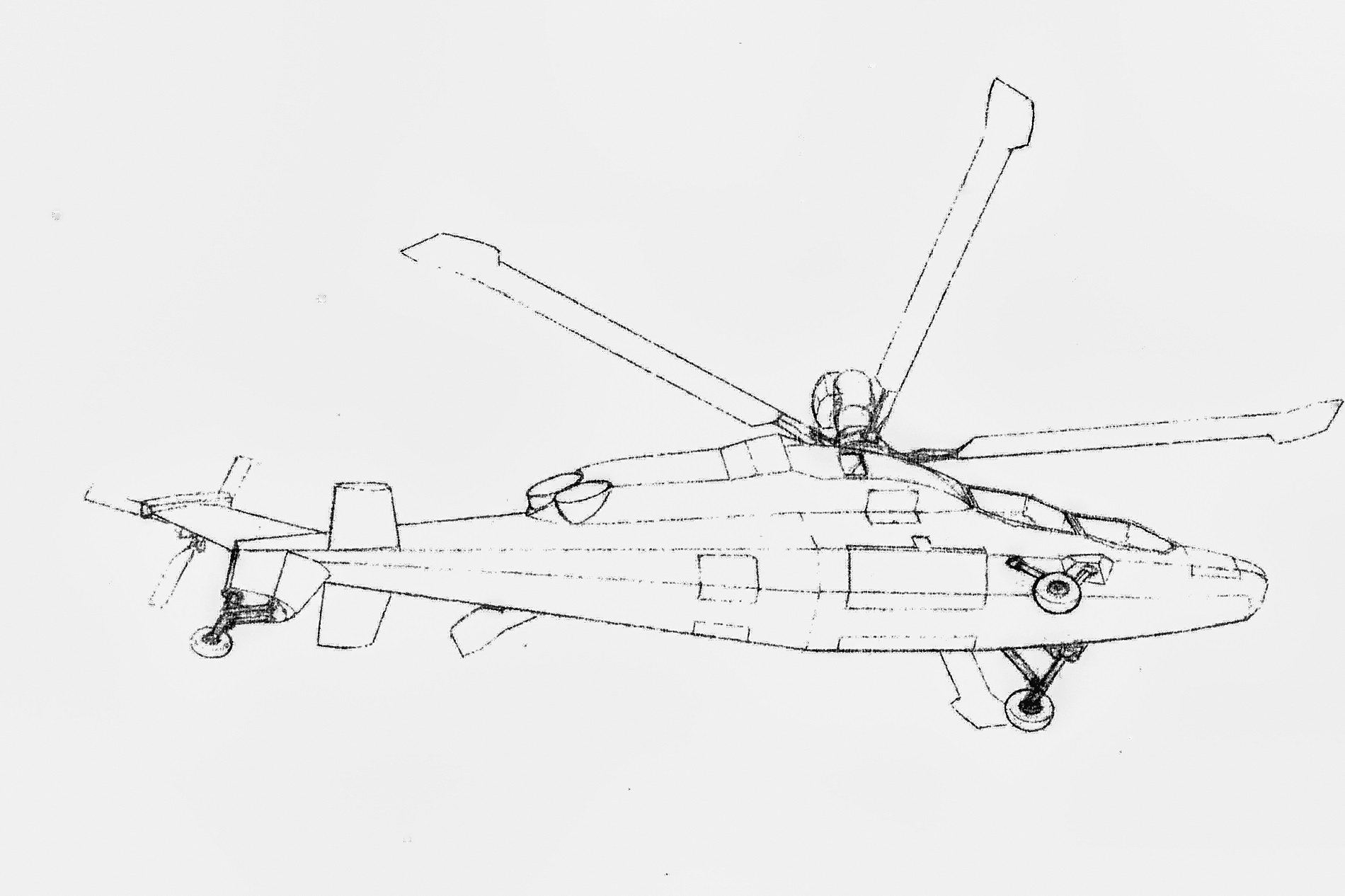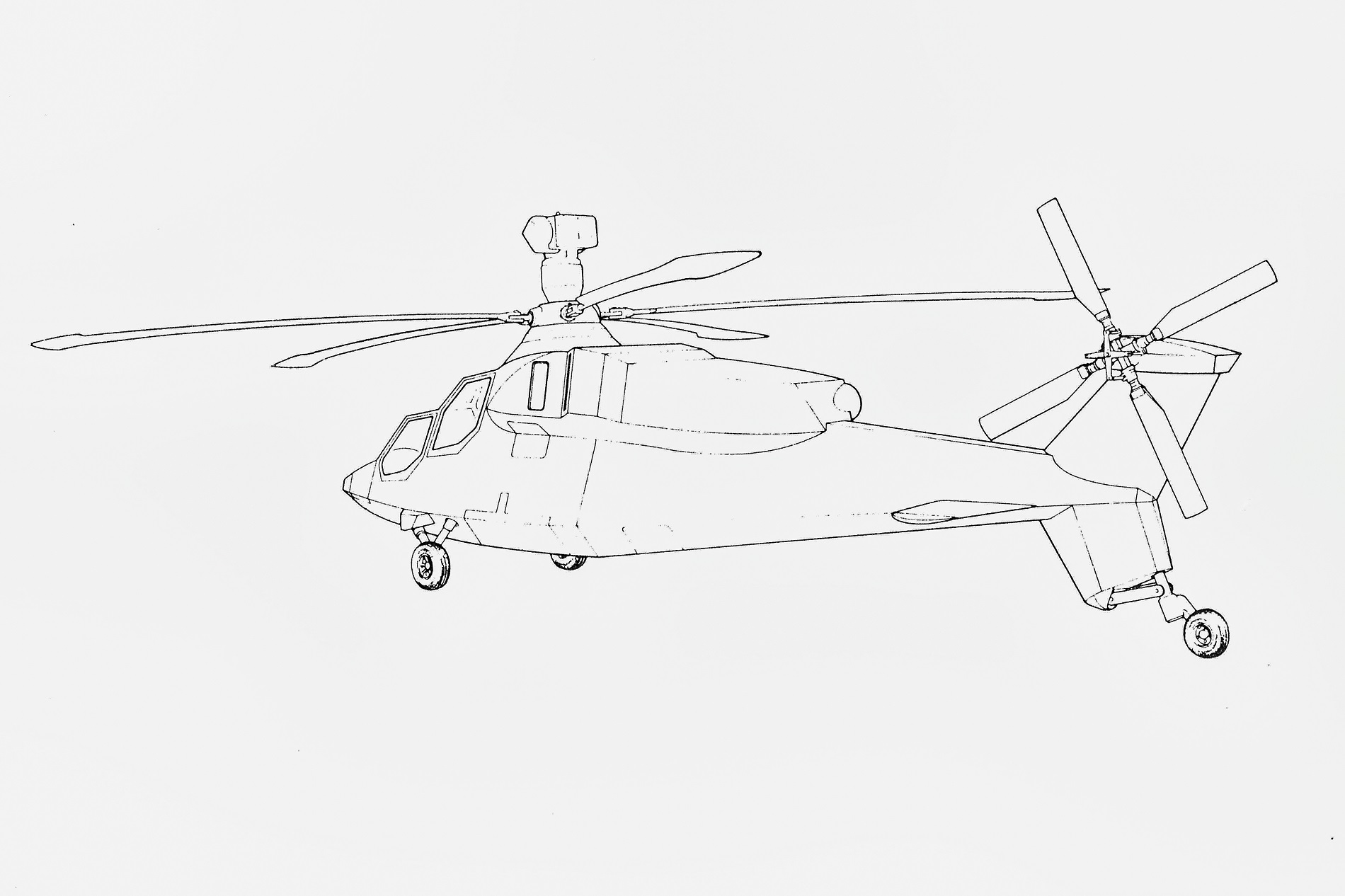Further details emerge on Britain’s secret stealth helicopter

WG 47
Save the Hush-Kit blog. Our site is absolutely free and we have no advertisements. If you’ve enjoyed an article you can donate here. Your donations keep this going. Thank you.
The WG 37’s boat-like hull is reminiscent of later US stealth aircraft, was research information being shared? I have no knowledge of sharing of such data from the US. There was (at that time) a combined UK Industry and government discussion group that exchanged data between all parties. I was a member of that group.


WG 45

WG 45
The then interest in an LAH put the focus around the same weight class as PAH-2 / Tiger, rather than Apache and was reflected in the subsequent four nation funded study of A129LAH in which I played a central role.
What was the primary intended role and armament of the WG 44/47 Primary role anti-armour – missile choice TBD. (There were options at the time ranging from TOW and HOT through to Hellfire (not at that time in UK inventory) and LR Trigat (then at a very early stage).Save the Hush-Kit blog. Our site is absolutely free and we have no advertisements. If you’ve enjoyed an article you can donate here. Your donations, how ever big or small, keep this going. Thank you.
ave the Hush-Kit blog. Our site is absolutely free and we have no advertisements. If you’ve enjoyed an article you can donate here. Your donations, however big or small, keep this going. Thank you. Want to see more stories like this: Follow my vapour trail on Twitter: @Hush_kit-
Have a look at How to kill a Raptor, An Idiot’s Guide to Chinese Flankers, the 10 worst British military aircraft, The 10 worst French aircraft, Su-35 versus Typhoon, 10 Best fighters of World War II , top WVR and BVR fighters of today, an interview with a Super Hornet pilot and a Pacifist’s Guide to Warplanes Want something more bizarre? The Top Ten fictional aircraft is a fascinating read, as is The Strange Story and The Planet Satellite. The Fashion Versus Aircraft Camo is also a real cracker. Those interested in the Cold Way should read A pilot’s guide to flying and fighting in the Lightning. Those feeling less belligerent may enjoy A pilot’s farewell to the Airbus A340. Looking for something more humorous? Have a look at this F-35 satire and ‘Werner Herzog’s Guide to pusher bi-planes or the Ten most boring aircraft. In the mood for something more offensive? Try the NSFW 10 best looking American airplanes, or the same but for Canadians.

How much value would stealth features have added to a Cold War anti-armour helicopter that would have spent most of its time in NOE flight? Whatever the shape of the fuselage, the rotor disk would have been a big radar target for enemy aircraft flying at higher altitudes and it would have mainly relied on hiding behind features of the terrain to avoid being targeted by ground forces. Would stealth have really been worth the additional cost and design compromises required to implement it?
Those are good questions. Like ships, you cannot make a helicopter truly stealthy, but you can make it harder to detect and thereby reduce the range at which a threat can detect or effectively engage you. You can also deploy more effective countermeasures if you have a lower base signature yourself. The main threat is ground-based air defence, where operation in nap of the earth flight and reduced visual, acoustic, radar & IR signatures are all effective.
Most Air Forces have better things to do (higher priority tasks) with their top-end fixed wing assets, than dropping smart bombs on individual helicopters to help out the Army. At worst, you might get attacked as a target of opportunity.
The US Army did not go down this route with Comanche (although I suspect that this was more to do with the Apache lobby than technical issues – having said, which, the programme was doomed as soon as Congress sought contractual cost, weight and performance targets, leaving no design freedoms available).
All I can say is that life as a preliminary designer is a lot more interesting if you are able to explore new avenues like this.
Why do all British helicopter designs look like tubbier, less threatening, versions of their US counterparts?
I don’t agree with the premise. Compare the MH-53E with the AW-101, for example, or the Lynx with the Huey.